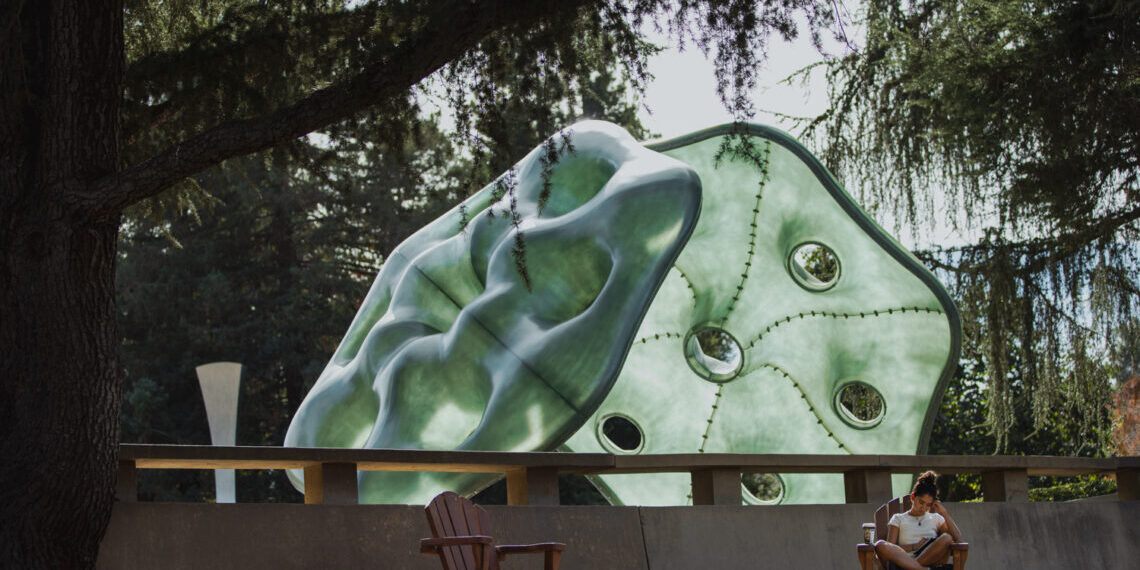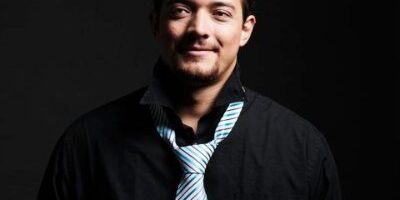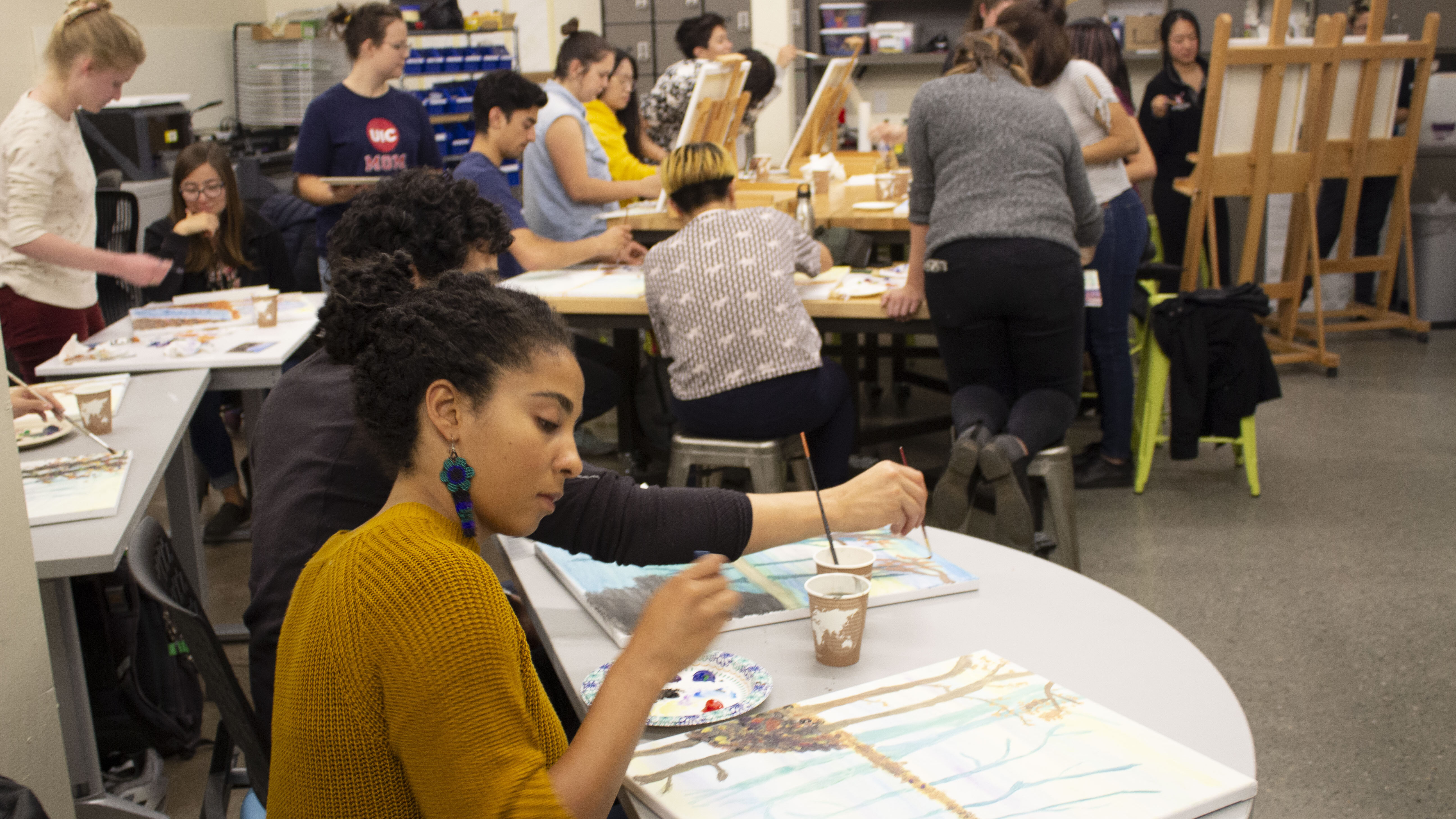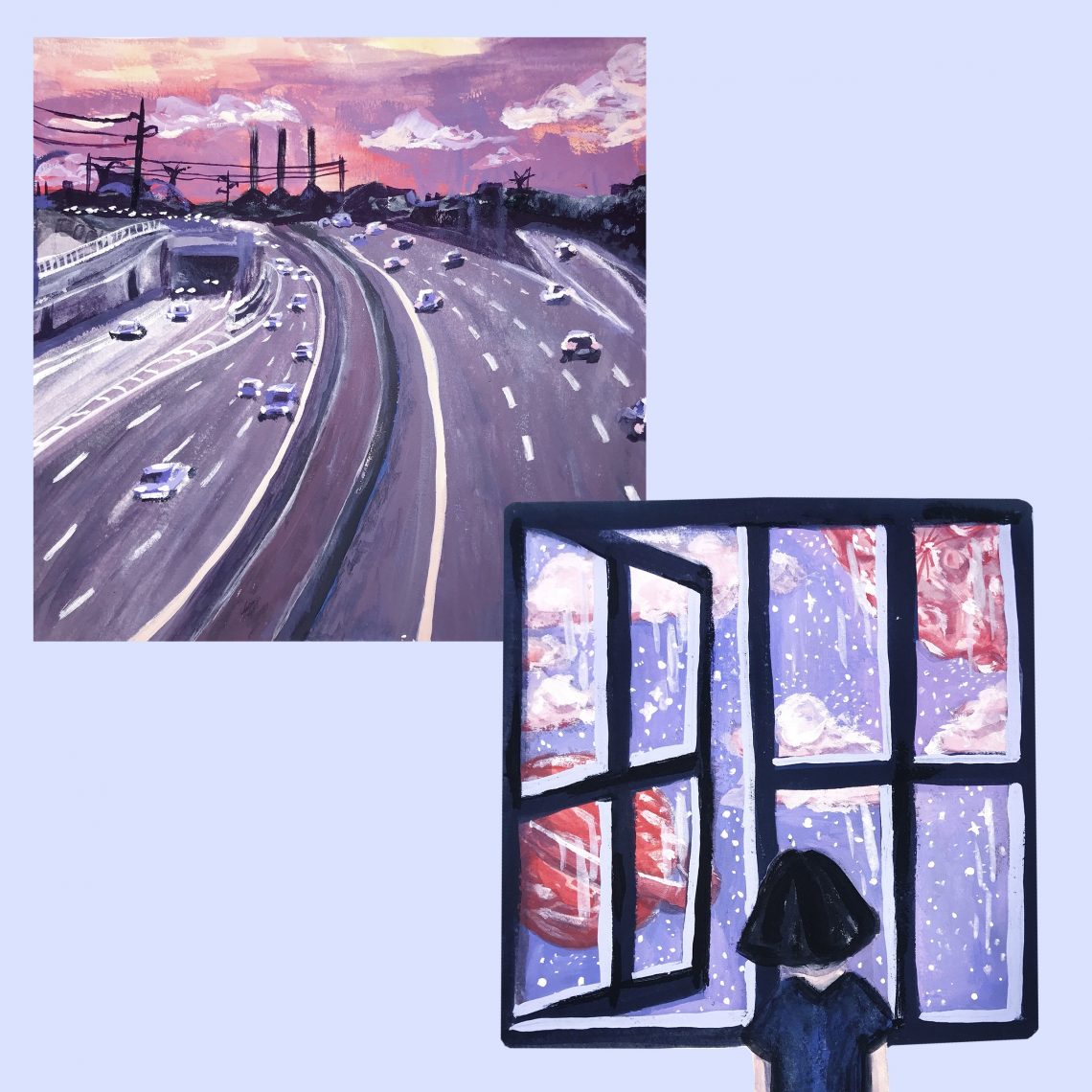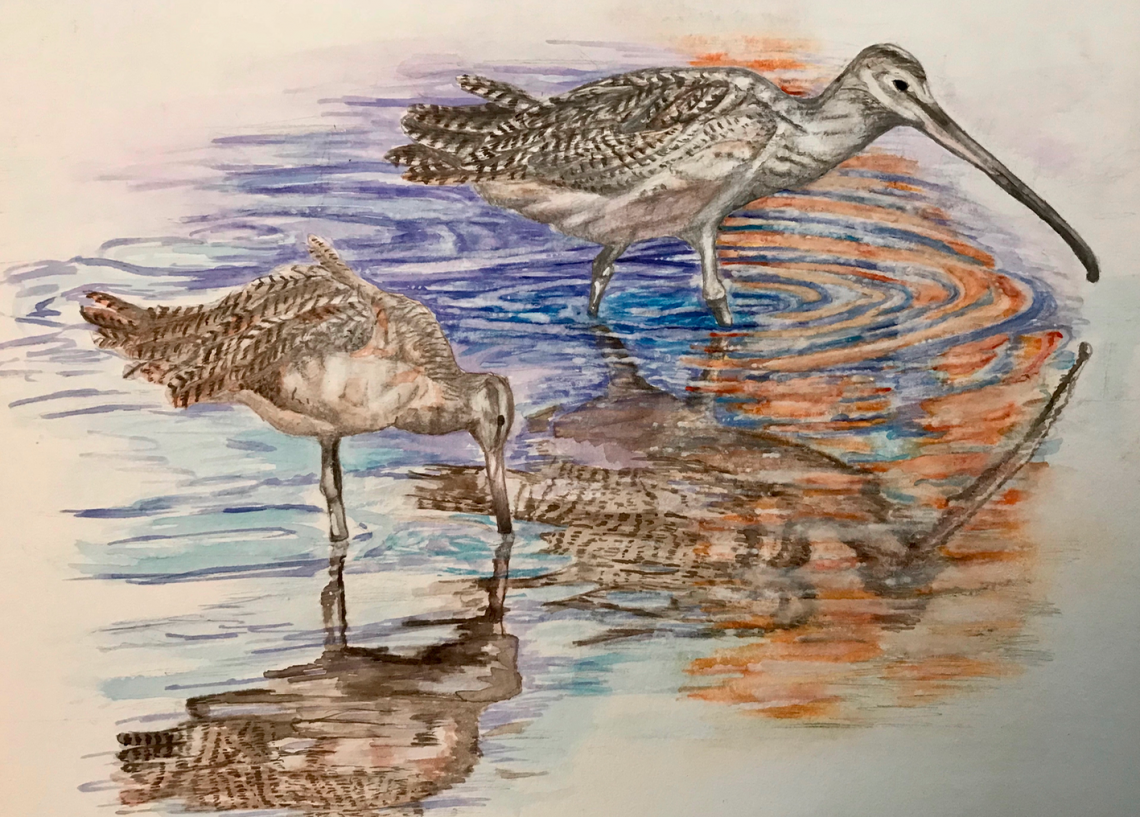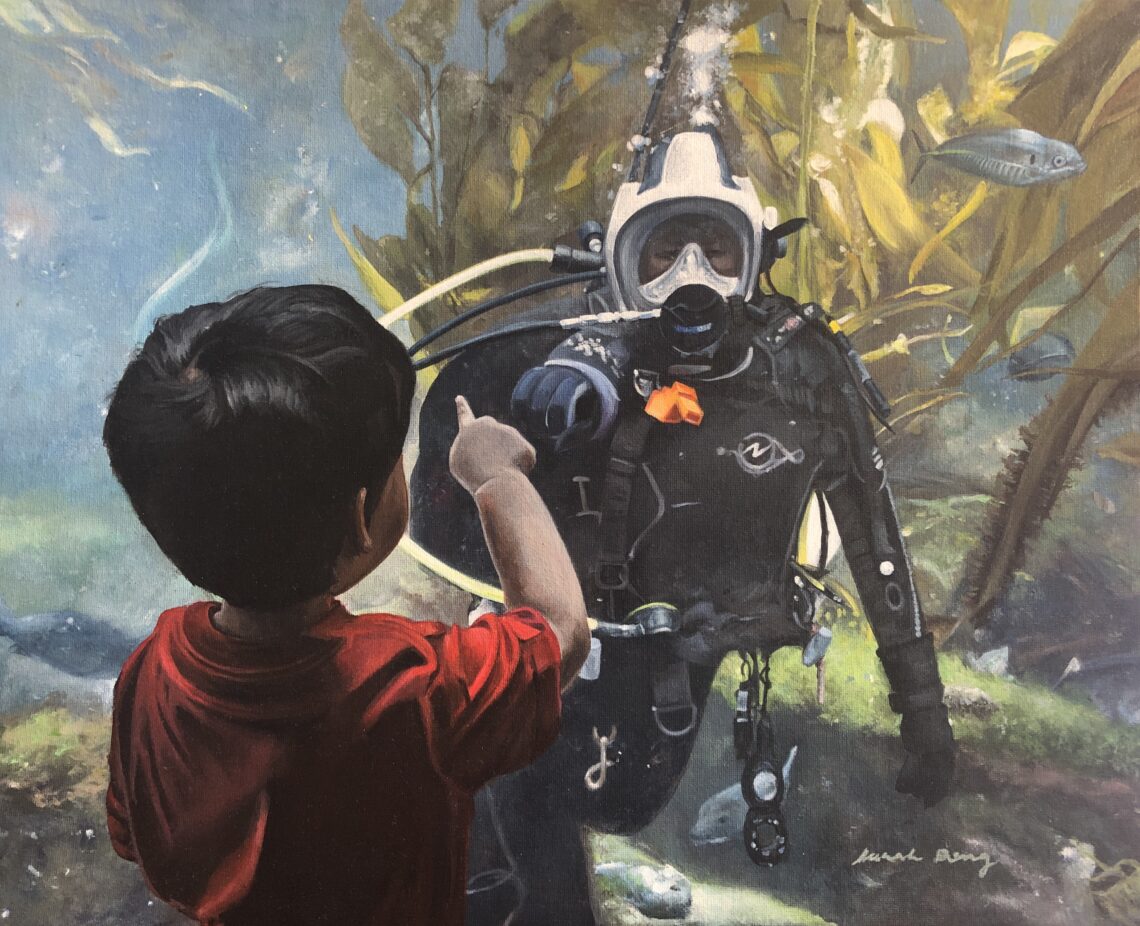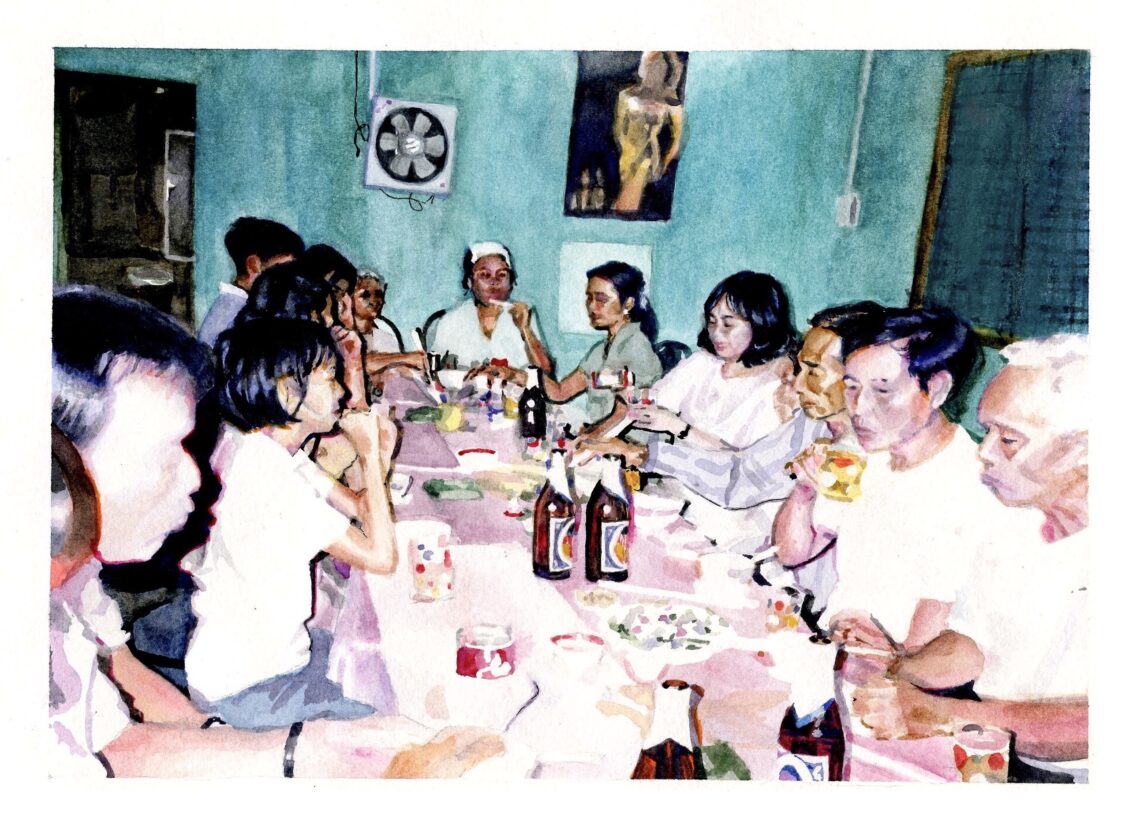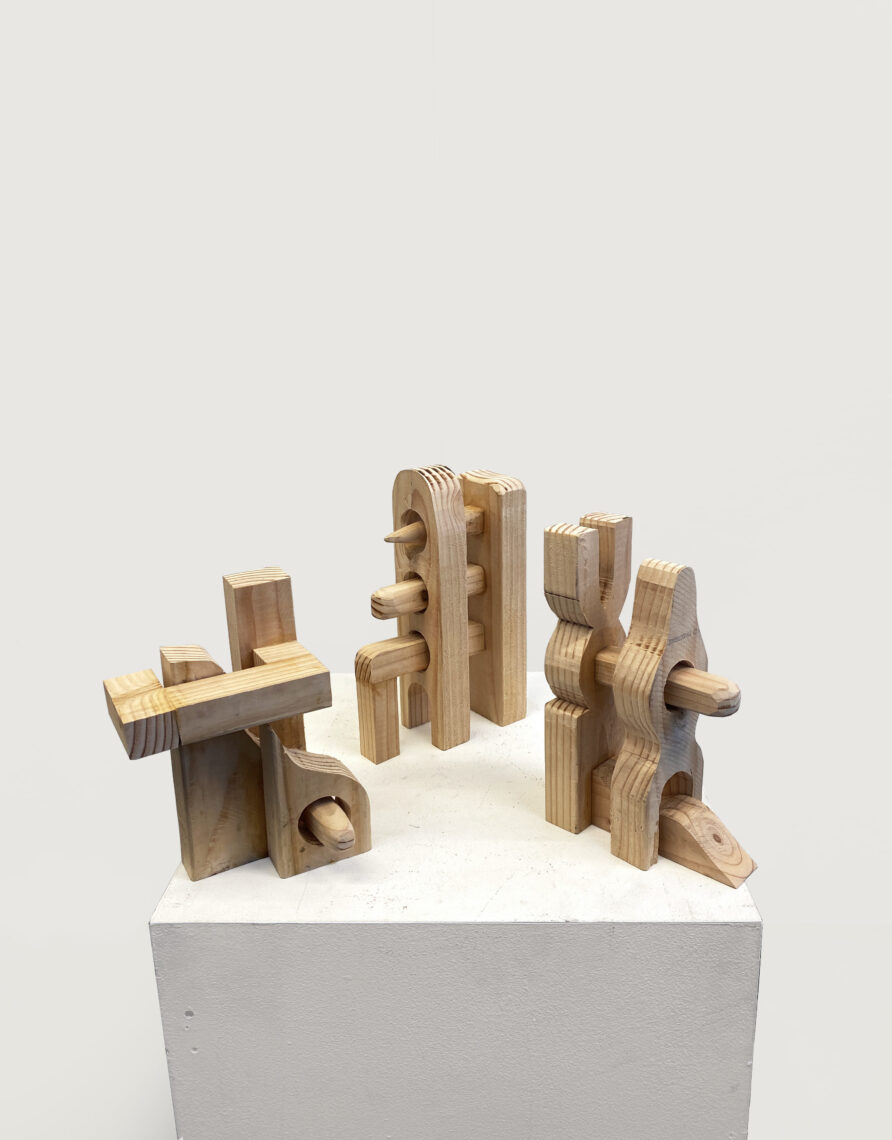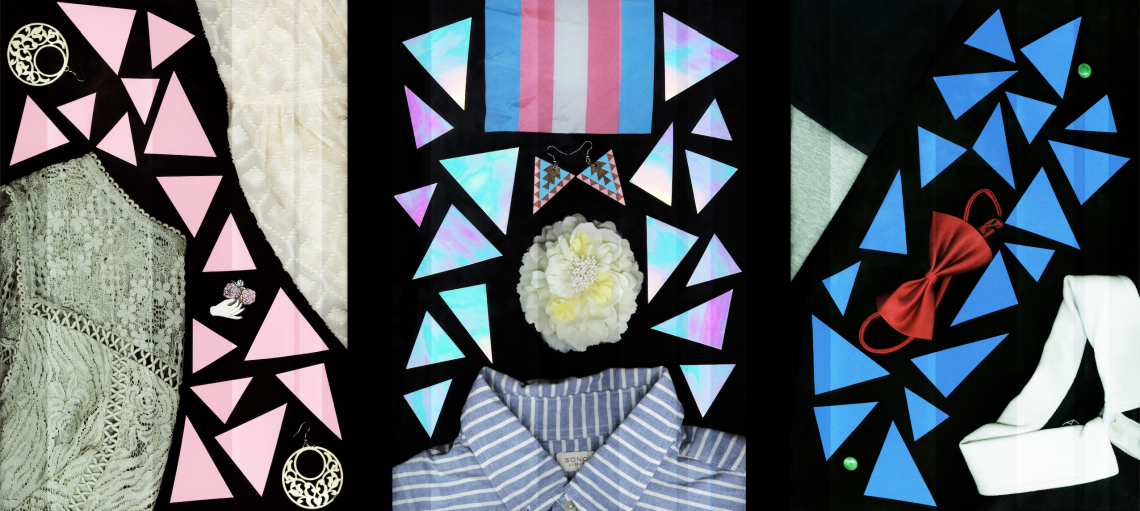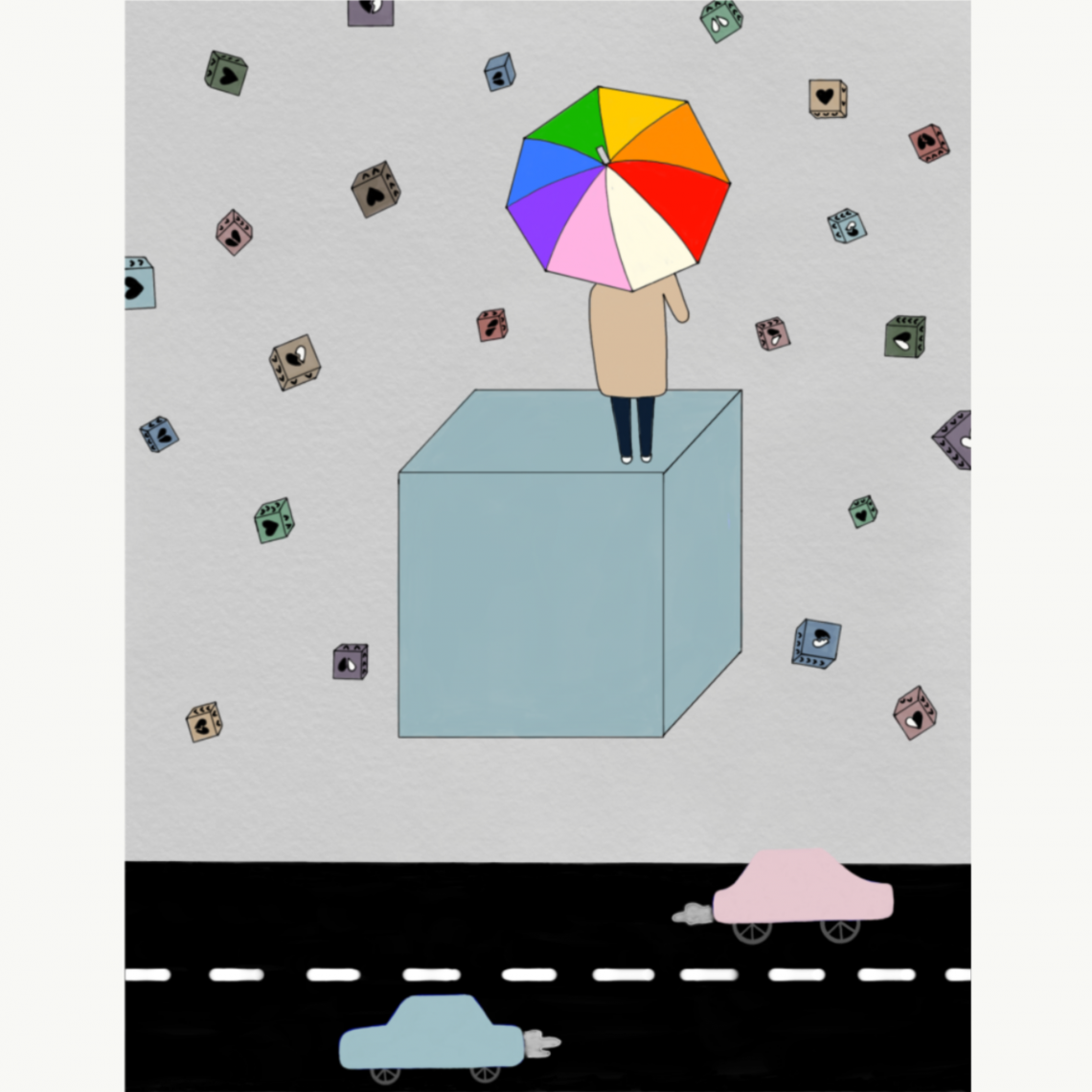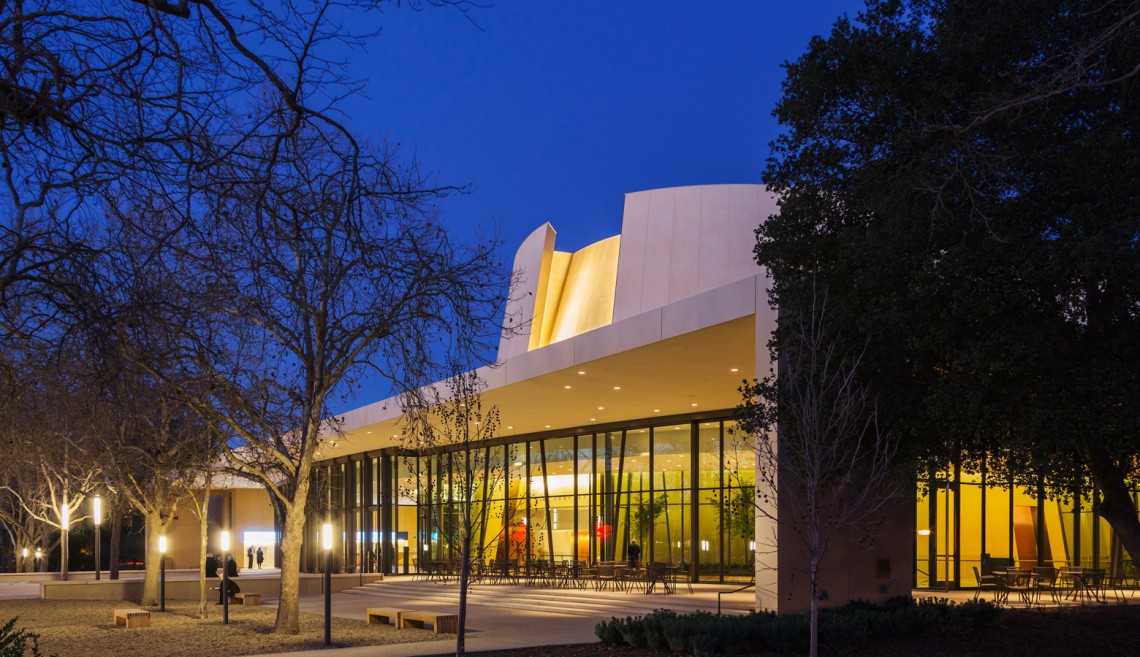 Jeff Goldberg
Jeff Goldberg
More than a Stanford concert hall, Bing is a high-tech music research lab
In a series of performances, students and faculty from Stanford's Center for Computer Research in Music and Acoustics will give audiences an immersive 3-D experience.
Like a well-designed sports car, Stanford’s new Bing Concert Hall looks great from the outside but is even more impressive when you peer under the hood. And Feb. 15-16, Bing’s high-tech engine will shift into overdrive when the groundbreaking electronic musicians of Stanford’s Center for Computer Research in Music and Acoustics (CCRMA) showcase their latest works.
From live electronic improvisations to fixed-media sonic collages, CCRMA-affiliated students and faculty will put the acoustically tuned venue through its paces during the multi-event showcase, CCRMA at Bing: Bada Boom, Bada Bing!
The evening concerts, playfully called Sonic Bing(Friday) and Sonic Boom (Saturday), will utilize CCRMA’s 3-D sound system to present fully immersive soundscapes and new electronic compositions. Both shows are free and open to the public.
A smorgasbord of activity will spill over from the stage into the lobby during the day on Friday and Saturday. Friday afternoon finds CCRMA’s annual open house taking over the hall, with students showcasing their latest projects through posters, lectures and demonstrations. Saturday afternoon features the DIY Musical Instrument Tailgate Party. During this hands-on event guests can jam with custom musical instrument inventors from around the Bay Area.
CCRMA (pronounced karma) is housed on the fringes of the Farm, high up on the Knoll, in a former Stanford president’s residence. The building houses an 80-seat theater, but with the growing popularity of the program’s avant-garde performances “we’re maxing out,” says projects manager Sasha Leitman.
Stanford musicians will continue to experiment in CCRMA’s labyrinth of studios, overflowing with homemade computers, deconstructed electric organs and other unidentified objects that seem to have been purchased from a mad scientist’s estate sale. But with the completion of the Bing Concert Hall, they will have the chance to bring electro-acoustic experiments to a wider audience.
“We’ve been gearing up for this for more than three years,” said CCRMA faculty member Fernando Lopez-Lezcano, who is curating the Saturday concert. His colleague Professor Chris Chafe, a composer and electronic musician, calls the performances “the first public hearing.” They are talking about the debut of CCRMA’s multi-channel speaker setup, a subset of which was employed for a fanfare on Bing’s opening night, now to be the main attraction of a series of live and fixed-media performances in the hall.
The CCRMA team will hang 12 speakers from the catwalks in Bing’s ceiling and mount 12 others around the perimeter of the hall. Unlike stereo sound, the music one hears in Sonic Boom will not emerge from two discrete sources, but from 24. The result is referred to by Lopez-Lezcano as “an immersive 3-D experience,” in which sounds approach a listener not just from left and right, but from above, below, diagonally and sideways. The effect is uncanny, plunging one into a totalized, virtual sonic environment.
Take Lopez-Lezcano’s “Kitchen Miniatures,” a multichannel piece he composed by recording snippets of ticking egg timers, slammed oven doors and drummed cookie sheets. Hearing it in CCRMA’s listening room, which models the Bing speaker setup at a tenth of the size, these sounds come rushing toward the audience, cycle around listeners’ heads in a halo, then slowly retreat into a corner of the room. Until now, only those who made the trek up to the Knoll and gained entree into this small space, or camped outside for CCRMA’s “Transitions” concerts, have beheld it.
“There’s no off-the-shelf solutions for any of this,” Chafe says of the inaugural CCRMA concert. Lopez-Lezcano and crew have been perfecting their multichannel setup for years, adding more speakers, more subwoofers and more levels with each new iteration of the annual outdoor “Transitions” concert.
Using audio-encoding software like Ambisonics allows professors and students to test out their multichannel pieces in CCRMA’s listening room, then reconfigure the whole array for Bing’s much more capacious space. Stanford professor and composer Jonathan Berger, whose operas Theotokia and The War Reporter will premier in April, has been using the listening room to hone the diffusion of prerecorded sounds in Bing.
In Bing, the do-it-yourself aesthetic of CCRMA will prevail, said Leitman. CCRMA will fine-tune speaker placement, taking advantage of the 100-plus rigging and connection points that were built into Bing for this very purpose. The speakers themselves are a carefully selected model that is now out of production, but CCRMA has been stockpiling them by, according to Leitman, “buying them used from churches and bars.”
Chafe, meanwhile, says that CCRMA will continue a tradition of providing pillows, so that some of the audience can sit right on the stage.
For the cutting-edge crew at CCRMA, one of the more exciting developments from the new Bing Concert Hall is surprisingly rudimentary: seats. With the capacity of the Knoll stage routinely pushed to its limit, 3-D concerts had to be held outside. Now, with the space and the science of Bing behind them, CCRMA students and professors finally have a room to play in that is as large as their ambitions. Another perk? Lopez-Lezcano laughs: “It doesn’t matter if it rains.”
Nate Sloan is a doctoral candidate in musicology at Stanford. For more news about the humanities at Stanford, visit the Human Experience.
